Most motors with more than 2 poles I see (4 poles, 6 poles etc) use a run capacitor and a use the auxiliary winding all the time. Some even employ starting capacitors but they always have a run capacitor.
But why does 2 pole motors only use the auxiliary winding for starting? I haven't seen any single phase 2 pole motor that use a run capacitor.
